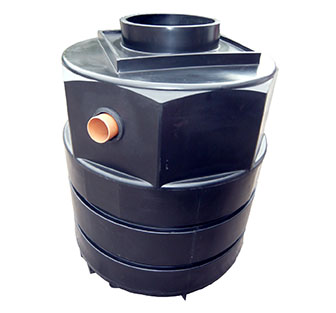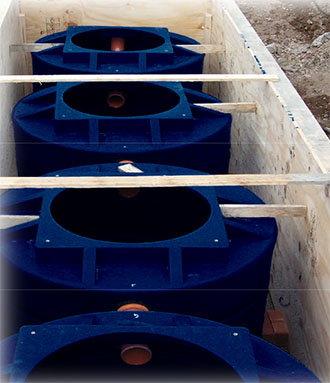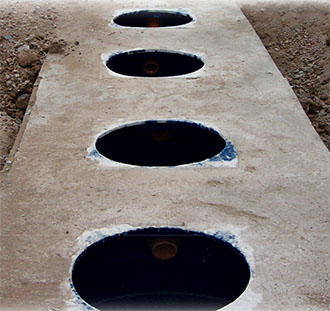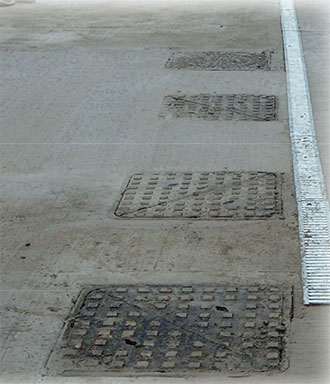Wash Down Interceptor
Vehicle Wash Separators, including plant and other heavy machinery.
- Lightweight Rotational moulded HDPE construction
- Separates and retains sediment, silt and hydrocarbons from vehicle washdown areas
- Single and multistage units available to optimise performance per application
- Easy access for emptying and cleaning
- Ideal for tool hire depots, car and pressure washers, sportsground equipment wash facilities, fleet maintenance and valeting
Please Note:
The waste separated from vehicle washing and cleaning businesses can be classified as ‘contaminated waste’. As such there is a duty of care to dispose/recycle this waste responsibly through a registered waste carrier to a suitably licensed facility.
Typical selection (alternative footprints reflect different size tanks and multiple stages)
| System | Flowrate | Vehicles per hr (approx) | Nominal Capacity | Model Reference | Length | Width | Depth |
|---|---|---|---|---|---|---|---|
| Single Jet / Handwash | 10 l/min | 4 | 1000 litres | W1S12 W2S12 |
1560mm 2010mm |
1560mm 910mm |
1785mm 1650mm |
| Commercial Carwash | 20 l/min | 8 | 2000 litres 3000 litres |
W2S24 W3S36 |
3020mm 4480mm |
1560mm 1560mm |
1785mm 1785mm |
| Brushwash | 50 l/min | 12 | 5000 litres | W3S60 W1S60 |
4480mm 2710mm |
1560mm 2650mm |
2385mm 2350mm |
| Gantry / Truck Wash | 100 l/min | Commercial Vehicles / Coaches |
10,000 litres | W3S120 W2S120 |
7110mm 5120mm |
2510mm 2650mm |
2210mm 2350mm |
Typical Installation of 4-Stage Separator at Coach Depot
Legislation
Predominantly, vehicle and plant washing removes dirt, brake dust, traffic film residue and oils, all of which will be classified by the Environment Agency as pollutants.
Consequently, the contaminated waste water from designated washing bays and pads should flow through dedicated channels, gullies, gradients (fall on the surface) and kerbs to a separator where large particles of silt and sediment are retained.
In many applications detergents, traffic film removers, degreasants, waxes, polishes and other proprietary cleaners are also used in the process – none of which can be removed in the simple process of separation. As such, the contaminated water must either be recycled, discharged to a sealed system for off-site removal or discharged to a suitable public foul sewer this WILL require a consent to discharge from the Environment Agency, local council or sewer provider.




